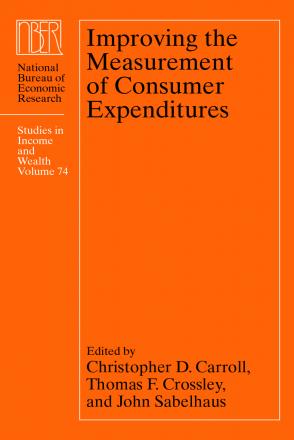Measuring Household Spending and Payment Habits: The Role of "Typical" and "Specific" Time Frames in Survey Questions

We run an experiment in the American Life Panel where we interview individuals over five consecutive quarters and ask them to report the number of their purchases and the amount spent by debit cards, cash, credit cards, and checks. For each method of payment, a sequence of questions elicits spending behavior during a day, week, month, and year. At the time of the first interview, this sequence is randomly assigned to refer either to "specific" or to "typical" time spans. In all subsequent interviews, a "specific" sequence becomes "typical" and vice versa. In this chapter, we analyze the data from the first wave of this experiment. We show that the type (specific/typical) and length of recall periods greatly influence household reporting behavior. The volatility of household expenditure decreases monotonically with the length of recall periods. Within a "specific" framework, the implied annual amount spent is higher when individuals refer to day or week than to month or year. This pattern is stronger for debit cards and cash than for credit cards and checks. Within a "typical" framework, the implied annual amount spent varies less with the length of recall periods. Reported expenditure tends to be larger for "specific" periods.
-
-
Copy CitationMarco Angrisani, Arie Kapteyn, and Scott Schuh, Improving the Measurement of Consumer Expenditures (University of Chicago Press, 2014), chap. 15, https://www.nber.org/books-and-chapters/improving-measurement-consumer-expenditures/measuring-household-spending-and-payment-habits-role-typical-and-specific-time-frames-survey.Download Citation


